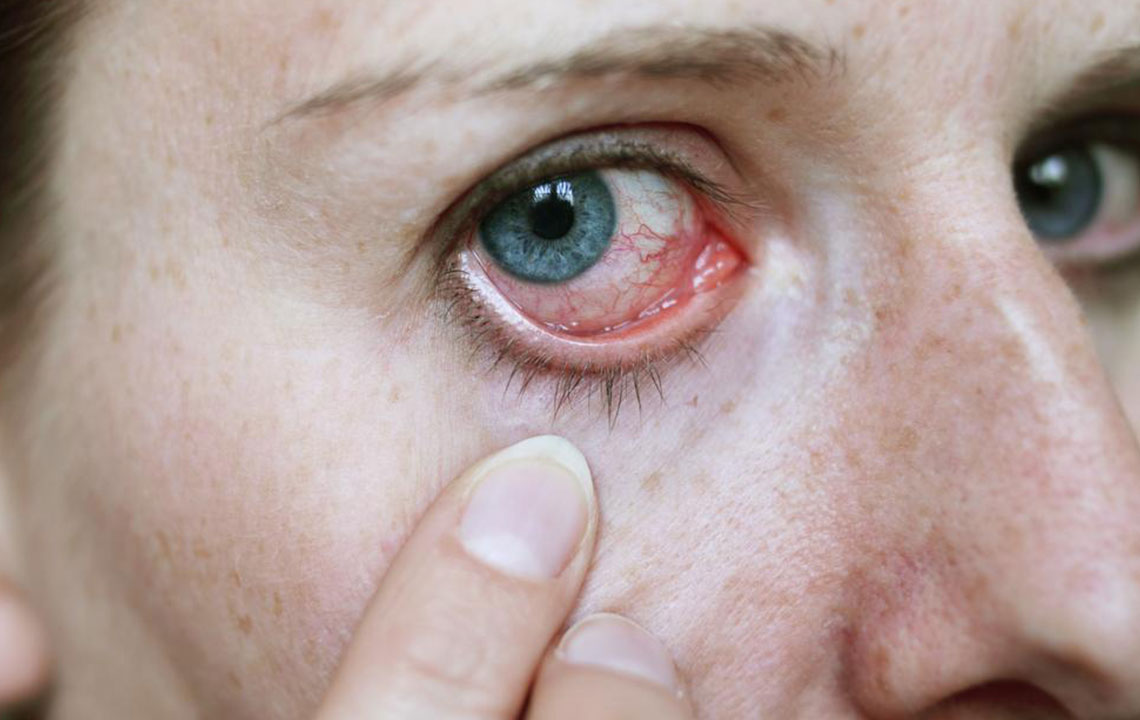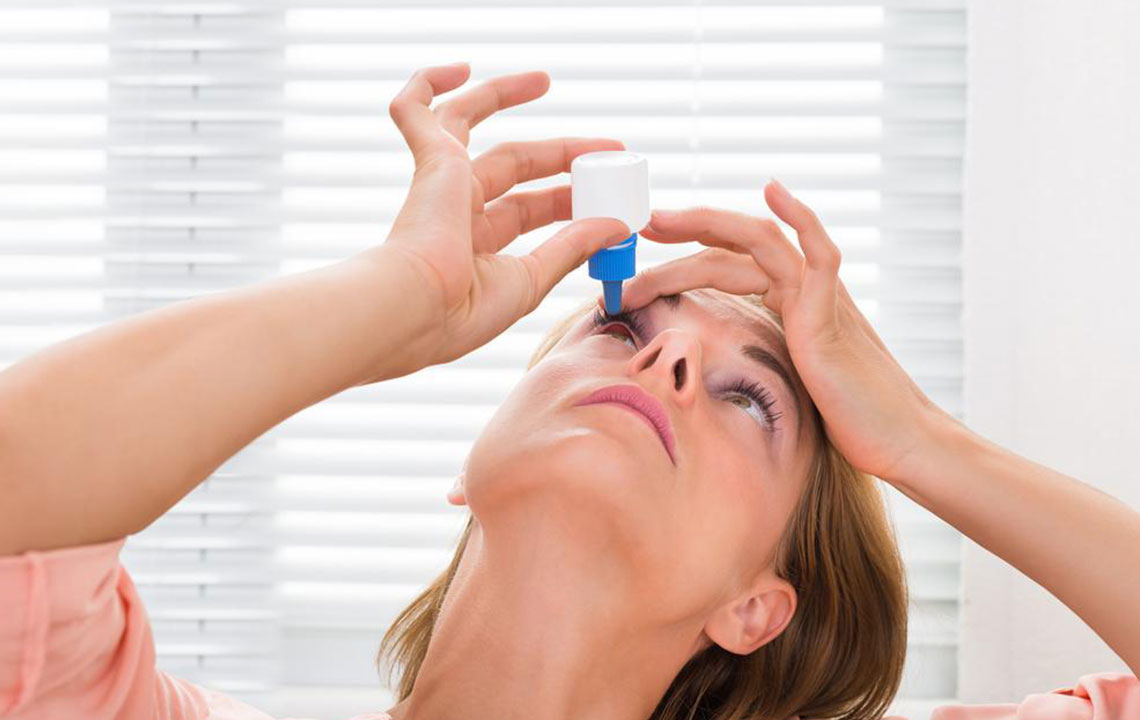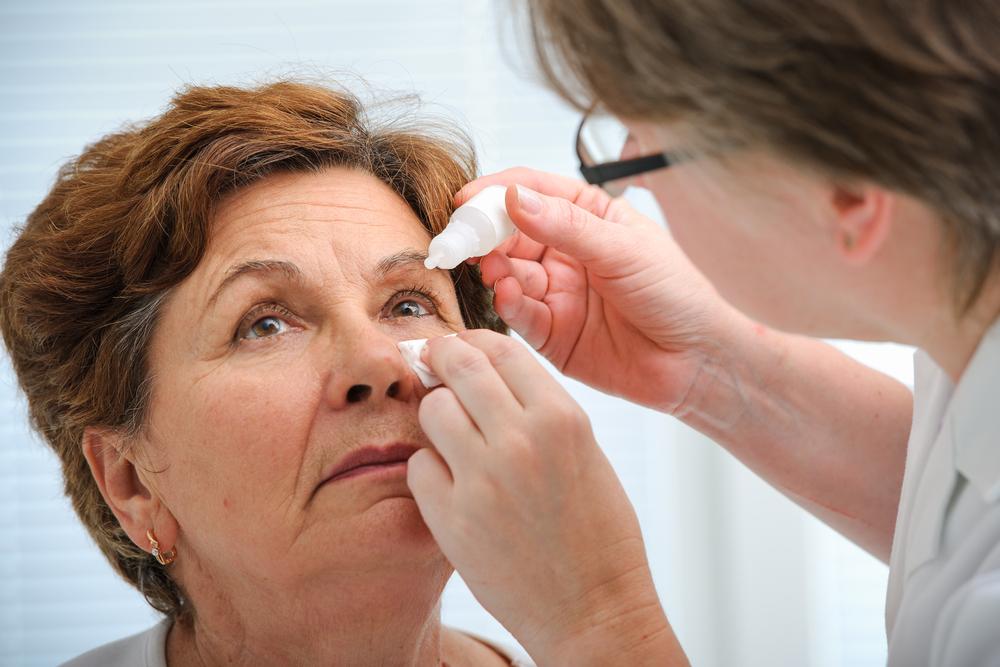Effective Strategies for Managing Pink Eye with Eye Drops
Learn effective methods for managing pink eye using appropriate eye drops. This guide covers different types of conjunctivitis, suitable medications, and the importance of professional diagnosis for optimal treatment. Always consult an eye specialist for personalized care and ensure safe application of prescribed or over-the-counter drops to prevent infection spread and ensure quick recovery.

Effective Strategies for Managing Pink Eye with Eye Drops
Conjunctivitis, commonly known as pink eye, is a frequent eye infection that causes redness, swelling, discomfort, and tearing. Relief often involves using specific eye drops tailored to the type of conjunctivitis. It’s essential to consult an eye specialist to determine the most suitable medication for your condition, as different eye drops serve different purposes. Over-the-counter options are available at most pharmacies, but professional guidance ensures proper and safe treatment.
When applying eye drops for pink eye, avoid touching the applicator tip to your infected eye to prevent contamination. There are three main types of conjunctivitis: viral, bacterial, and allergic. Viral pink eye is highly contagious, while bacterial and allergic forms require different treatments. Selecting the correct eye drop depends on identifying the underlying cause and severity of the infection.
For bacterial conjunctivitis, antibiotic eye drops are most effective. Allergic pink eye may require antihistamine or anti-inflammatory drops. If symptoms worsen or persist, immediate consultation with an ophthalmologist is crucial for personalized treatment, which may include oral medications or stronger prescriptions.
Prescription Eye Drops for Pink Eye: An experienced eye doctor will accurately diagnose the source of conjunctivitis before prescribing suitable medications. This may involve topical drops, short-term oral treatments, or injections. Prescription eye medications are only available through authorized healthcare providers to ensure safety and effectiveness.
Common prescribed antibiotic eye drops include:
Drugs from the aminoglycoside family effectively target bacterial infections—use as directed by your doctor.
Solutions containing Trimethoprim and Polymyxin B stop bacterial growth and eliminate bacteria.
Ophthalmic fluoroquinolone antibiotics treat bacterial conjunctivitis and corneal ulcers by killing susceptible bacteria and preventing spread.
Sulfadiazine-based eye drops inhibit bacterial proliferation specifically for ocular infections.
Quinolone eye solutions provide broad-spectrum activity against various bacteria causing pink eye.
For allergic conjunctivitis, antihistamine or corticosteroid eye drops prescribed by your doctor help reduce inflammation and allergic response.
Some medications combine antibiotics like sulfacetamide with anti-inflammatory agents to treat bacterial infections effectively.
In addition to medications, some home remedies may provide relief, but always consult your healthcare provider before trying these to avoid adverse interactions or delays in proper treatment.










